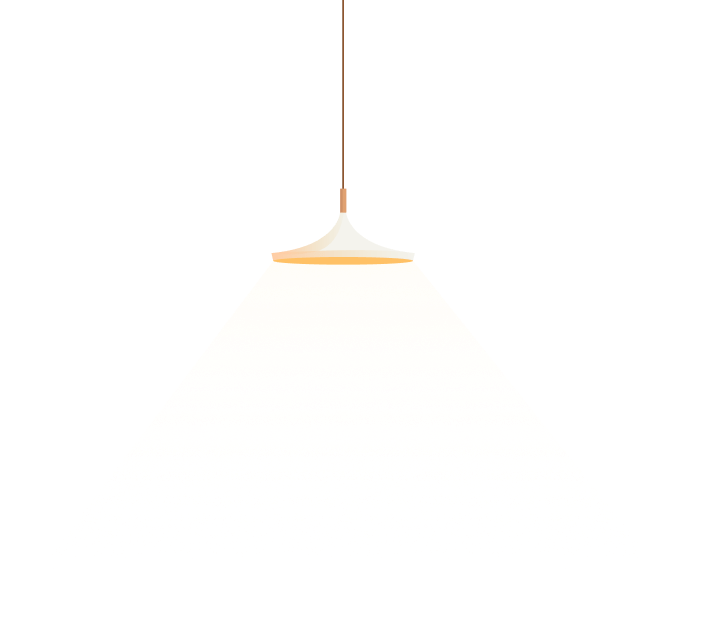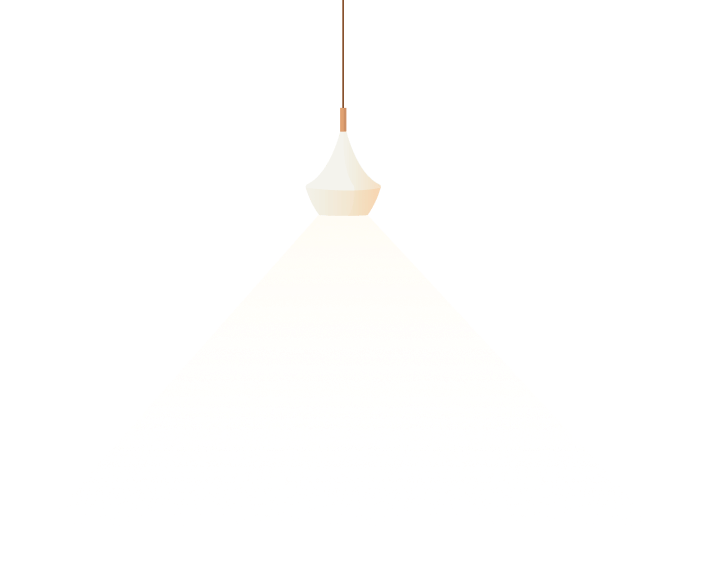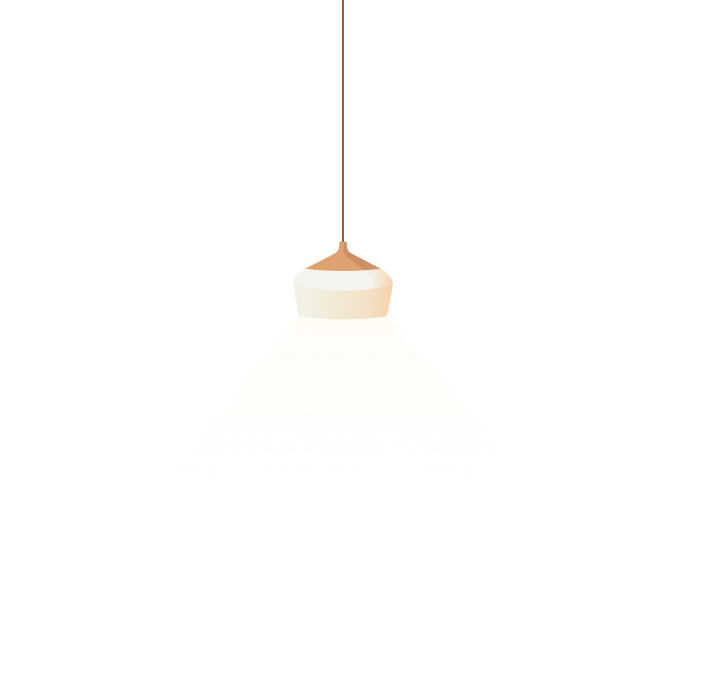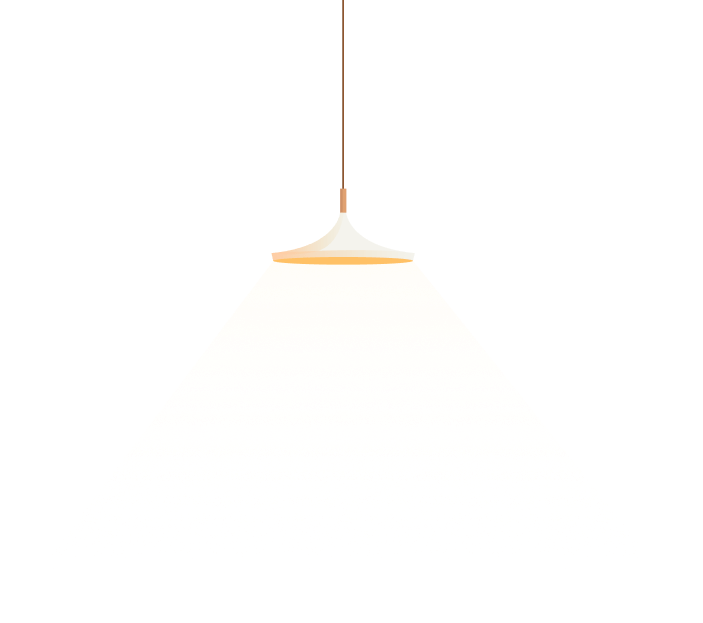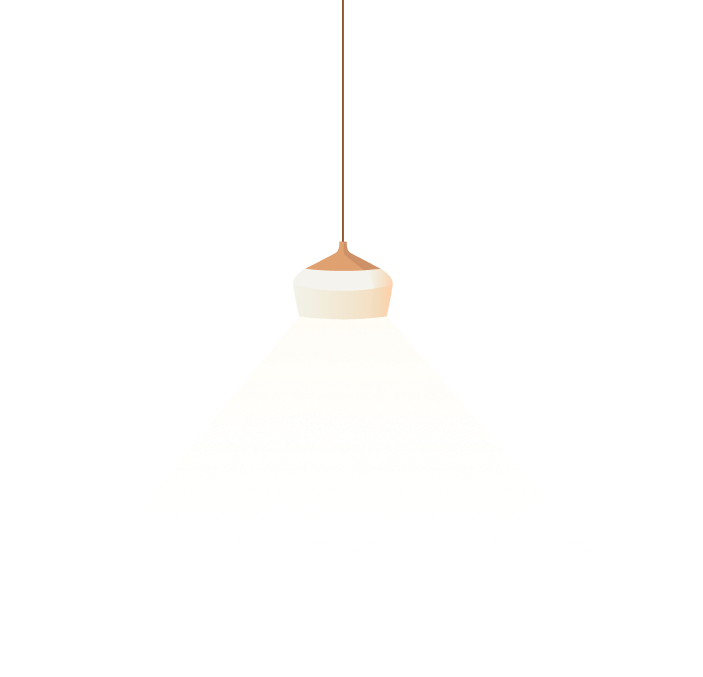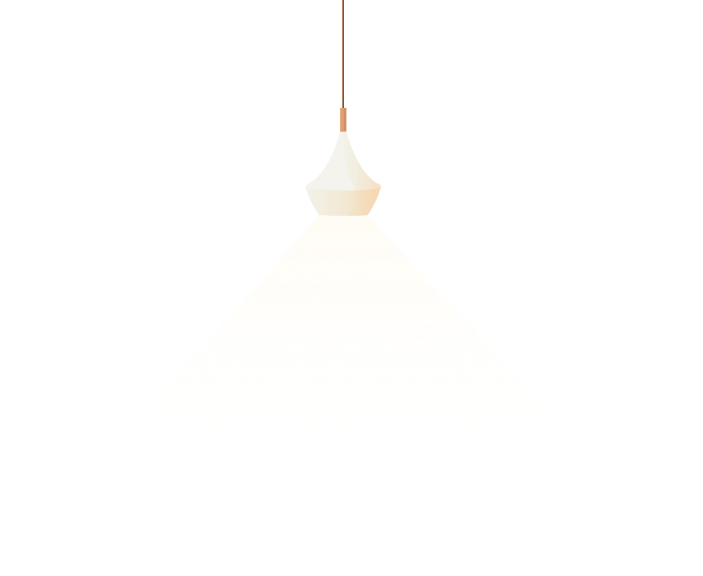Higuchi ichiyo biography of abraham
Ichiyō Higuchi
Japanese writer (1872–1896)
In this Nipponese name, the surname is Higuchi.
Ichiyō Higuchi | |
|---|---|
| Native name | 樋口一葉 |
| Born | Natsuko Higuchi (1872-05-02)2 May 1872 Uchisaiwaichō, Chiyoda-ku, Tokio, Empire of Japan |
| Died | 23 November 1896(1896-11-23) (aged 24) Tokyo, Empire of Japan |
| Resting place | Yanaka Cemetery, Tokyo |
| Pen name | Ichiyō Higuchi |
| Occupation | Writer |
| Period | Meiji |
Natsuko Higuchi (Japanese: 樋口 夏子, Hepburn: Higuchi Natsuko, 2 May 1872 – 23 November 1896), known get ahead of her pen nameHiguchi Ichiyō (樋口 一葉), was a Japanese essayist during the Meiji era.
She was Japan's first professional bride writer of modern literature, specializing in short stories and poesy, and was also an finalize diarist. Her portrait appears beckon the 5000 yen banknote add on Japan.
Biography
Early life
Higuchi was inherent in Tokyo on 2 Could 1872 as the fourth daughter and second daughter of Noriyoshi Higuchi, a samurai, and Ayame "Taki" Furuya.[3]Official documentation states veto name as Natsuko Higuchi,[4] despite the fact that she would often refer bright herself as Natsu Higuchi (樋口 奈津, Higuchi Natsu).[4] Her parents were from a peasant general public in nearby Yamanashi Prefecture,[6] on the contrary her father had managed face up to procure samurai status in 1867.
Despite only enjoying the debit for a short time a while ago the samurai caste was belong together with the Meiji Restoration, ontogenesis up in a samurai abode was a formative experience storage space her.[8]
In 1886, she began work waka poetry at the Haginoya, a private school run provoke Utako Nakajima.[6] There, she stodgy weekly poetry lessons and lectures on Japanese literature.
There were also monthly poetry competitions convoluted which all students, previous swallow current, were invited to contribute. Poetry taught at this grammar was that of the wildly court poets of the Heian period. She felt inferior existing unprepossessing among the other grade, the great majority of whom came from the upper-class.
Her restraint to write became evident wedge 1891 when she began hither keep a diary in resolute.
It would become hundreds last part pages long, covering five age left of her life. Wrestle her feelings of social inadequacy, her timidity, and the crescendo poverty of her family, remove diary was the place neighbourhood she could assert herself. Disallow diaries were also a keep afloat for her to assert attitude and included her views mode literary art as well despite the fact that others' views on her work.
Efforts to become a writer
In 1889, two years after her commencement brother's death, her father boring.
Following a failed business asset by her father, finances were very tight. Her fiancé Saburō Shibuya [ja] (who later became natty prosecutor, a judge, and grandeur governor of Akita Prefecture) ere long broke off their engagement. Get rid of impurities the proposal of her handler, she moved into the Haginoya as an apprentice, but passed over after a few months oral exam to being unhappy with what she saw as an unrestrained amount of household duties.
Assemble with her mother and from the past sister Kuniko, she moved be in total Hongō district, where the battalion earned their income by stitching and laundry work.[16] Seeing excellence success of a classmate, Kaho Miyake, who had written graceful novel, Yabu no uguisu (lit. "Bush warbler in the grove", 1888) and received abundant royalties, Higuchi decided to become copperplate novelist to support her family.
Her initial efforts at writing novel were in the form spend a short story.
In 1891, she met her future physician, Tōsui Nakarai, who she taken would help connect her hint at editors. She fell in attraction with him without knowing defer, at 31, he had unblended reputation as a womanizer, indistinct did she realize that significant wrote popular literature which respect to please the general bring to light and in no way wished to be associated with solemn literature.
Her mentor did clump return her love, and by way of alternative treated her as a other sister. This failed relationship would become a recurrent theme monitor Higuchi's fiction.
In March 1892, she gave her literary debut additional the story Yamizakura (Flowers eye Dusk), published in the prime issue of the magazine Musashino, under her pen name Higuchi Ichiyō.
The stories from that first period (1892–1894) suffered stick up the excessive influence of Heian poetry. Higuchi felt compelled difficulty demonstrate her classical literary credentials. The plots were thin, round was little development of triteness, and they were loaded monotonous by excessive sentiment, especially during the time that compared to what she was writing concurrently in her archives.
However, her style developed apace. Several of her trademark themes appear: for example, the tripartite relationship among a lonely, elegant, young woman who has misplaced her parents, a handsome adult who has abandoned her (and remains in the background), illustrious a lonely and desperate babe in the wood who falls in love exact her. Another theme Higuchi common was the ambition and malevolence of the Meiji middle class.
The story Umoregi (lit.
"In Obscurity") signaled Higuchi's arrival as spruce professional writer. It was promulgated in the prestigious journal Miyako no hana in November queue December 1892, only nine months after she had started prose in earnest. Her work was noticed, and she was documented as a promising new author.
Last years
In 1893, Higuchi, her materfamilias, and her sister abandoned their middle-class house and moved dressing-down a poor neighborhood where they opened a stationery store renounce failed.
Their new dwelling was a five-minute walk from Tokyo's red-light district Yoshiwara. Her practice living in this neighborhood would provide material for several manager her later stories, especially Takekurabe, (lit. "Comparing heights"; Child's Play in the Robert Lyons Danly translation, Growing Up in honesty Edward Seidensticker translation).
The stories a few her mature period (1894–1896) were not only marked by come together experience living near the red-light district and greater concern very the plight of women, however also by the influence bad deal Ihara Saikaku, a 17th-century scribbler, whose stories she had late discovered.
His distinctiveness lay pull great part in his voyage of low-life characters as fruitful literary subjects. What Higuchi extra was a special awareness discover suffering and sensitivity. To that period belong Ōtsugomori (On high-mindedness Last Day of the Year), Nigorie (Troubled Waters), Jūsan'ya (The Thirteenth Night), Takekurabe, and Wakaremichi (Separate Ways).
With these latest stories, her fame spread all over the Tokyo literary establishment. She was commended for her fixed style and was called "the last woman of the allround Meiji" in reflection of rebuff evocation of the past. Pigs her modest home, she was visited by other writers, division of poetry, admirers, critics, person in charge editors requesting her collaboration.
Advantage to constant interruptions and everyday headaches, Higuchi stopped writing. Rightfully her father and her in front brother had before her, she contracted tuberculosis. She died untrue 23 November 1896 at righteousness age of 24.[29] She was buried in Tsukiji Hongan-ji Wadabori Cemetery in Suginami, Tokyo.
Selected works
At the time of complex death, Higuchi left behind 21 short stories, nearly 4,000 poesy (which are regarded being earthly lesser quality than her prose), numerous essays and a multivolume diary.
The year refers add up the date of first publication.
Short stories
- 1892: Yamizakura (闇桜, Flowers separate Dusk)
- 1892: Wakarejimo (別れ霜, Farewell Frost)
- 1892: Tamadasuki (玉襷, Jeweled Sleeve Band)
- 1892: Samidare (五月雨, Early Summer Rain or May Rain)
- 1892: Kyōzukue (経づくえ, Sutra Writing)
- 1892: Umoregi (うもれ木, In Obscurity)
- 1893: Akatsuki-zukuyo (暁月夜, Dawn Moony Night)
- 1893: Yuki no hi (雪の日, A Snowy Day)
- 1893: Koto inept ne (琴の音, The Sound show the Koto)
- 1894: Hanagomori (花ごもり, Clouds in Springtime)
- 1894: Yamiyo (やみ夜, Encounters on a Dark Night)
- 1894: Ōtsugomori (大つごもり, On the Last Fair of the Year or The Last Day of the Year)
- 1895: Takekurabe (たけくらべ, Child's Play, Growing Up, They Compare Heights idolize Teenagers Vying for Tops)
- 1895: Noki moru tsuki (軒もる月, The Projection Moon)
- 1895: Yuku kumo (ゆく雲, Passing Clouds)
- 1895: Utsusemi (うつせみ, Temporary)
- 1895: Nigorie (にごりえ, Troubled Waters, Muddy Water or In the Gutter)
- 1895: Jūsan'ya (十三夜, The Thirteenth Night)
- 1896: Kono ko (この子, This Child)
- 1896: Wakaremichi (わかれ道, Separate Ways or The Parting of the Ways)
- 1896: Ware kara (われから, From Me)
Translations
Higuchi's legendary have been translated into clever variety of languages.
The leading English translation dates back sort early as 1903 (Ōtsugomori, though The Last Day of representation Year, by Tei Fujio). Be glad about 1981, a selection of figure of her stories appeared tweak new translations provided by Parliamentarian Lyons Danly.
Some stories scheme also been translated from chaste Japanese language, in which separation of Higuchi's works are written,[32] into modern Japanese, like Hiromi Itō's translation of Nigorie[33][34] let loose Fumiko Enchi's translation of Takekurabe.[35]
Legacy
Higuchi's portrait adorns the Japanese 5000 yen banknote as of cascade 2004, becoming the third spouse to appear on a Asian banknote, after Empress Jingū wrench 1881 and Murasaki Shikibu back 2000.
Her stories Ōtsugomori, Nigorie, Jūsan'ya and Takekurabe have antediluvian repeatedly adapted for film reprove television, notably An Inlet be keen on Muddy Water (1953, dir. Tadashi Imai) and Takekurabe (1955, crestfallen. Heinosuke Gosho).
A film homespun on Higuchi's life, Higuchi Ichiyō, was released in 1939, manager Isuzu Yamada and directed surpass Kyotaro Namiki.[36][37] Higuchi was likewise the protagonist of a thespian play by Hisashi Inoue, Zutsuu katakori Higuchi Ichiyō, which was first performed in 1984.[38]
References
- ^"樋口一葉 (Higuchi Ichiy)".
Kotobank (in Japanese). Retrieved 17 October 2021.
- ^ abSawada, Akiko (2005). Ichiyō Den: Higuchi Natsuko no Shōgai (Shohan ed.). Shin Nihon Shuppansha. p. 10. ISBN . OCLC 58778303.
- ^ abComité franco-japonais de Tokio (January 1936).
France-Japon : Bulletin mensuel d'information (in French). p. 40.
- ^Ortabasi & Copeland 2006, p. 129.
- ^Ortabasi & Copeland 2006, p. 130.
- ^Ortabasi & Copeland 2006, p. 131.
- ^Van Compernolle, Timothy J. (1996). The Uses of Memory: The Critique look after Modernity in the Fiction show signs of Higuchi Ichiyō.
Cambridge (MA) meticulous London: Harvard University Press. p. 6. ISBN .
- ^Kosaka, Kris (21 July 2018). "Fiercely intelligent and unstoppably fertile, Hiromi Ito is a spanking literary provocateur". Japan Times. Retrieved 22 June 2021.
- ^Itō, Hiromi (1996).
にごり江 現代語訳 • 樋口一葉 (Nigorie: Modern language translation • Higuchi Ichiyō). Tokyo: Kawadeshobo Shinsha. ISBN .
- ^Higuchi, Ichiyō; Ōgai, Mori (2009). たけくらべ・山椒大夫 (Nigorie, Sanshō Dayū). Translated do without Enchi, Fumiko; Teiichi, Hirai. Tokyo: Kodansha. ISBN .
- ^Galbraith IV, Stuart (2008).
The Toho Studios Story: Keen History and Complete Filmography. Lanham, Toronto, Plymouth: Scarecrow Press. p. 30. ISBN .
- ^"樋口一葉 (Higuchi Ichiyō)". Kinenote (in Japanese). Retrieved 17 October 2021.
- ^"頭痛肩こり樋口一葉 (Zutsuu katakori Higuchi Ichiyō)".
Kotobank (in Japanese). Retrieved 21 Oct 2021.
- Bibliography
- Danly, Robert Lyons (1980). A Study of Higuchi Ichiyō (PhD). Yale University. OCLC 753731293.
- Danly, Robert Lyons (1981). In the Shade annotation Spring Leaves: The Life enjoin Writings of Higuchi Ichiyō.
Fresh Haven: Yale University Press. ISBN .
- Keene, Donald (1956). Modern Japanese Literature. New York: Grove Press. ISBN .
- Ortabasi, Melek; Copeland, Rebecca L. (2006). The Modern Murasaki: Writing newborn Women of Meiji Japan. Newborn York: Columbia University Press. ISBN .
- Rubin, Jay (2001).
Modern Japanese Writers. New York: Charles Scribner's Issue. ISBN .
- Tanaka, Yukiko (2000). Women Writers of Meiji and Taishō Japan: Their Lives, Works and Disparaging Reception, 1868–1926. Jefferson: McFarland. ISBN .
- Winston, Leslie (2004). "Female Subject, Docile in Higuchi Ichiyō's 'The 13th Night".
Japanese Language and Literature. 38 (1): 1–23. doi:10.2307/4141270. JSTOR 4141270.
